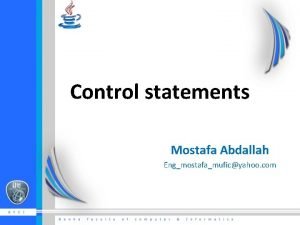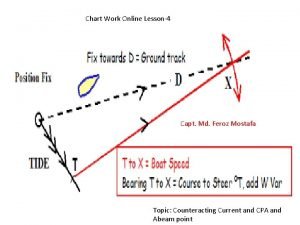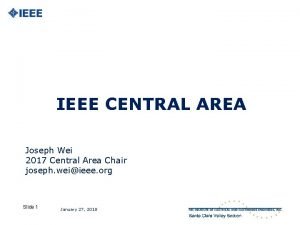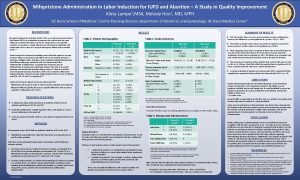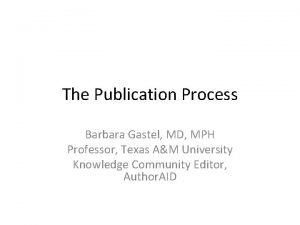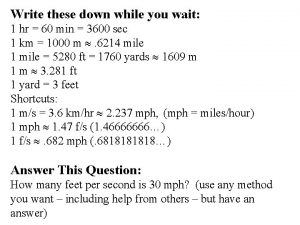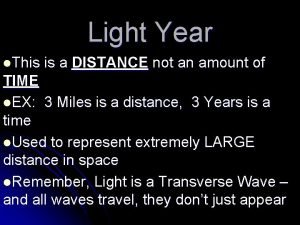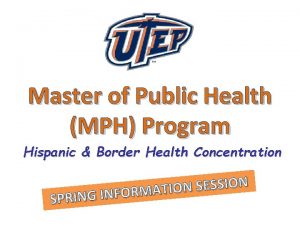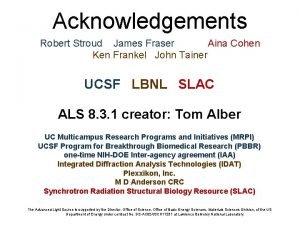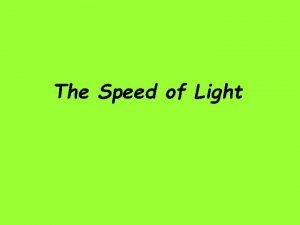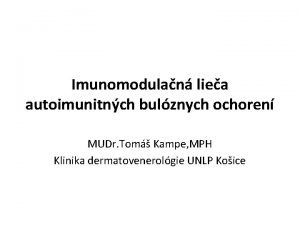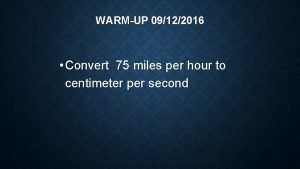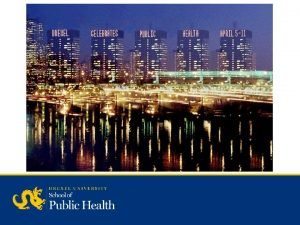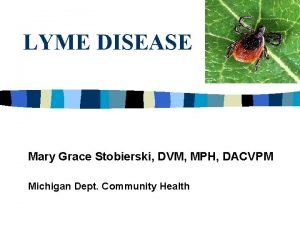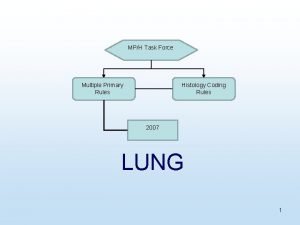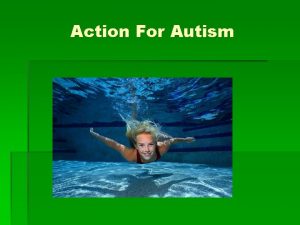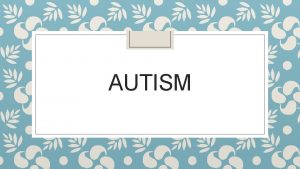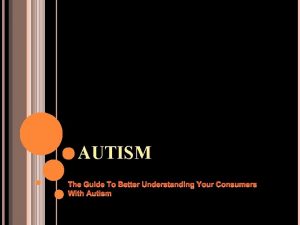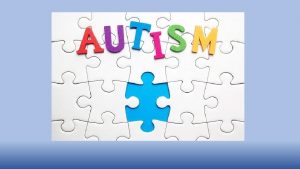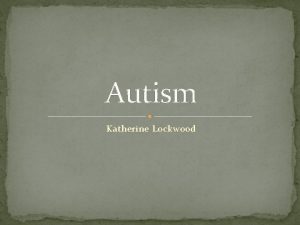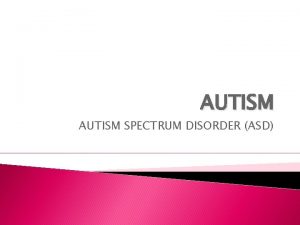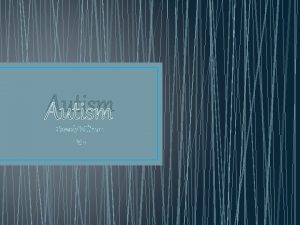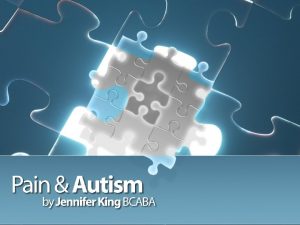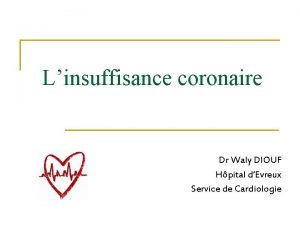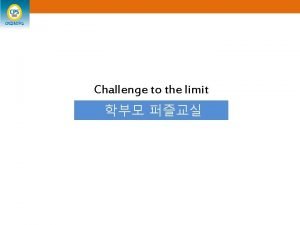Autism Solving the Puzzle Mostafa Waly MPH Ph





















- Slides: 21

Autism: Solving the Puzzle !!! Mostafa Waly, MPH, Ph. D Assistant Professor Food Science and Nutrition Department College of Agriculture & Marine Sciences Sultan Qaboos University, Oman

Autism Spectrum Disorder: 1. Who? 2. What risk factors? 3. Where? 4. Clinical Picture & Social Impact? 5. Biochemical & Dietary profile? 6. Genetics?

Brain defects in autism

Autistic spectrum disorder (ASD)* Autism Rett’s Disorder Asperger’s Disorder Childhood Disintegrative Disorder • * Diagnostic criteria (DSM IV & ICD 10) • No diagnostic laboratory tests are available Pervasive Developmental Disorder Not Otherwise Specified

1. Who? • Male: female ratio is 3: 1 • Breastfeeding is a protective factor • No clear relation to socio-economic status • Onset prior to age 3 years

2. What risk factors? Nutrition & Biochemical abnormalities Environmental Insults Genetic Predisposition Timing Infection & Vaccination Autism

3. Where? Autism is an epidemic disorder !

Prevalence at the United States

4. Clinical picture & Social Impact Clinical Picture: • Social Impact: • • • • • Gut Problems Absorptive Difficulties Enzyme Disorders Deficiency Syndromes Poor Detoxification Abilities Immune Reactivity Allergies Poor Blood Flow To The Brain Hippocampus Malfunction Communication Problems Cognitive Difficulties Emotional Disorders Problems With Awareness Poor Eye Contact Behavior Problems with Play Poor Understanding Of Cause and Effect • Delayed Development • Sleep Problems


5. Biochemical & Dietary profile? • Autism Research in Oman: ü Folate and Vitamin B 12. ü Oxidative Stress and Neuronal Cells Damage. ü Glutathione (GSH), Intracellular Antioxidant. ü Reduced Methylation Capacity in Autistic Children. ü Neurodevelopmental Toxicity and GSH Depletion.

SOURCES OF OXYGEN FREE RADICALS AND CELL INJURY = Oxidative Stress

MECHANISMS OF FREE RADICAL-MEDIATED CELLULAR INJURY

Antioxidant Defense Counterbalances Oxidative Stress Heavy Metals Hydroxyl Radical Hydrogen Peroxide Superoxide Peroxides NO- Antioxidant Defense Superoxide Dismutase GSH Peroxidase GSH Reductase Vitamin E Vitamin C Lipoic Acid GSTs GSH

Oxidative Stress Defense Heavy Metals Hydroxyl Radical Hydrogen Peroxide Superoxide GSSG Cell Death Damage Antioxidant Superoxide Dismutase GSH Peroxidase GSH Reductase Vitamin E Vitamin C Lipoic Acid GSTs GSH

Folate and Vitamin B 12 -dependent HCY- Methionine Cycle

Folate and Vitamin B 12 Status Control Children (n=30) Serum Folate (µg/l) Serum B 12 (pg/ml) 6. 3 256. 8 Dietary Folate (µg/Day) 240. 3 Diteary B 12 (µg/Day) 2. 7 Results are Mean ± SD, * Significantly lower than control children, P<0. 05 Autistic Children (n=30) 2. 1* 185. 3* 130. 1* 1. 8*

Oxidative Stress Markers Control Children (n=30) Autistic Children (n=30) Homocysteine, HCY(µmol/l) 13. 3 25. 7# Glutathione, GSH (µmol/l) 8. 4 3. 0 * Total Antioxidant Capacity TAC, (mmol/l) 36. 6 11. 9* Results are Mean ± SD, # Significantly higher than control children, P<0. 05 * Significantly lower than control children, P<0. 05

6. Genetics? ütwin studies --- 90%; multiple genes in chromosomes 2 q , 7 q, 16 p, 19 p. üChromosomal anomalies 15 and fragile X syndrome. üRecurrence risk studies- siblings of autistic people are more likely to be autistic.

Acknowledgment Dr. Marwan Al-Sharabati, Behavioral Medicine Dept. Dr. Mohammed Al-Shafaee, Family Medicine& Public Health Dept. Dr. Yahya Al-Farsi, Family Medicine& public health Dept. Dr. Amanat Ali, Food Science and Nutrition Dept. Dr. Majeed Al-Ani, Food Science and Nutrition Dept.

They Disserve Our Effort!! ﺷﻜﺮ mostafa@squ. edu. om / waly. mostafa@gmail. com
 Need for madness 3
Need for madness 3 Mostafa abdallah
Mostafa abdallah Mostafa firoz
Mostafa firoz How to learn written english by mostafa kamal
How to learn written english by mostafa kamal Mostafa mortezaie
Mostafa mortezaie Melody hou md mph
Melody hou md mph A&m md mph
A&m md mph 75 mph to ft/s
75 mph to ft/s F/s to mph
F/s to mph Webste
Webste Utep mph
Utep mph James fraser ucsf
James fraser ucsf Dr meyers dorsten
Dr meyers dorsten How fast is light speed
How fast is light speed Mph drug
Mph drug 451 kts to mph
451 kts to mph Mudr kampe
Mudr kampe 51g to mph
51g to mph Drexel executive mph
Drexel executive mph Tick map 2020
Tick map 2020 Mph rules
Mph rules Beverly loudin md mph
Beverly loudin md mph

